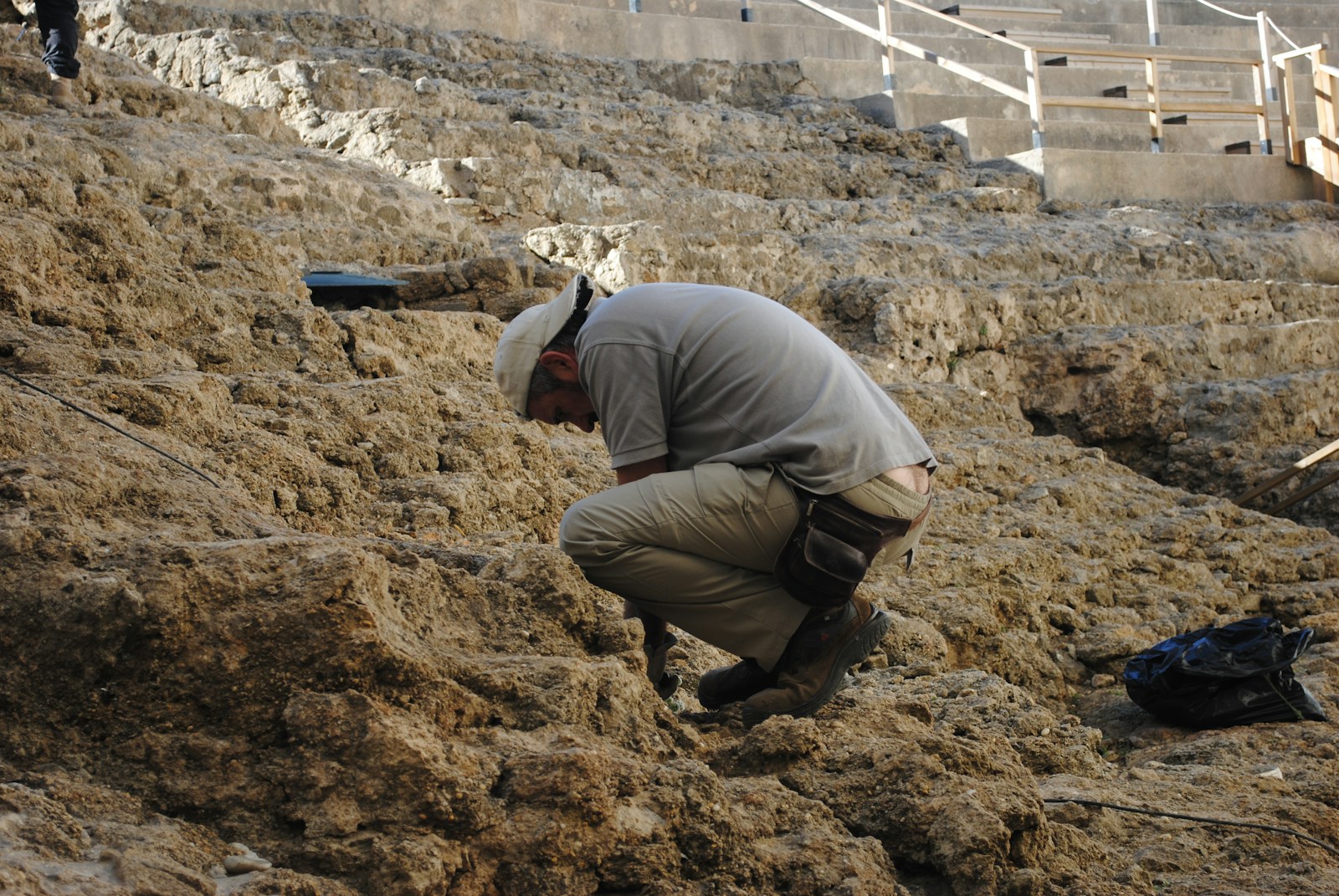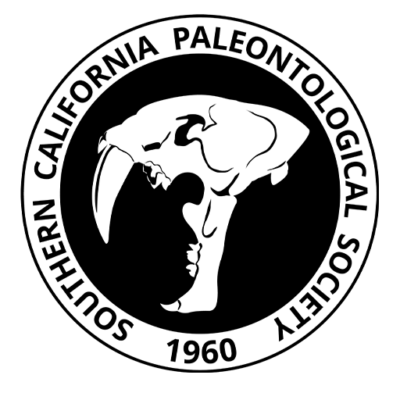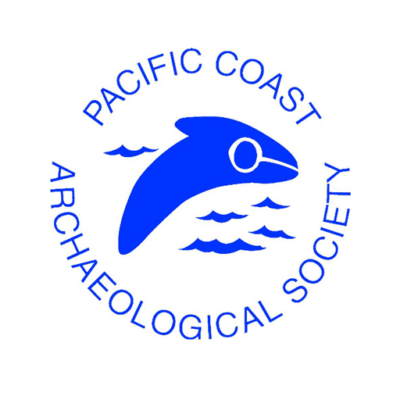Archaeology & History
We are deeply committed to preserving and understanding our past. Our Archeology and History division is a testament to this commitment. By combining our technological expertise with a passion for history, ARM Corporation is at the forefront of uncovering the secrets that time has buried.








